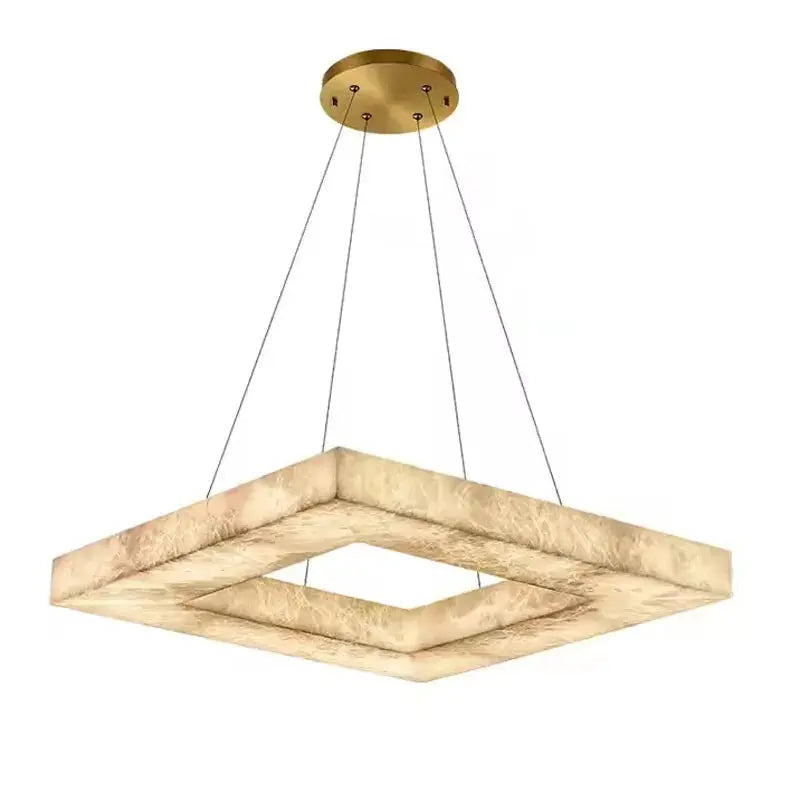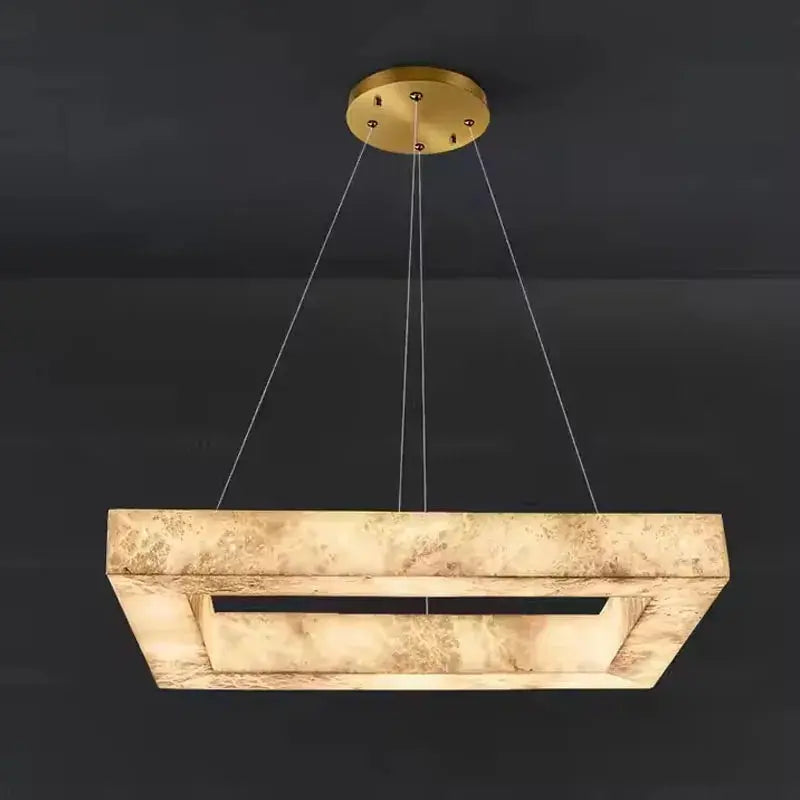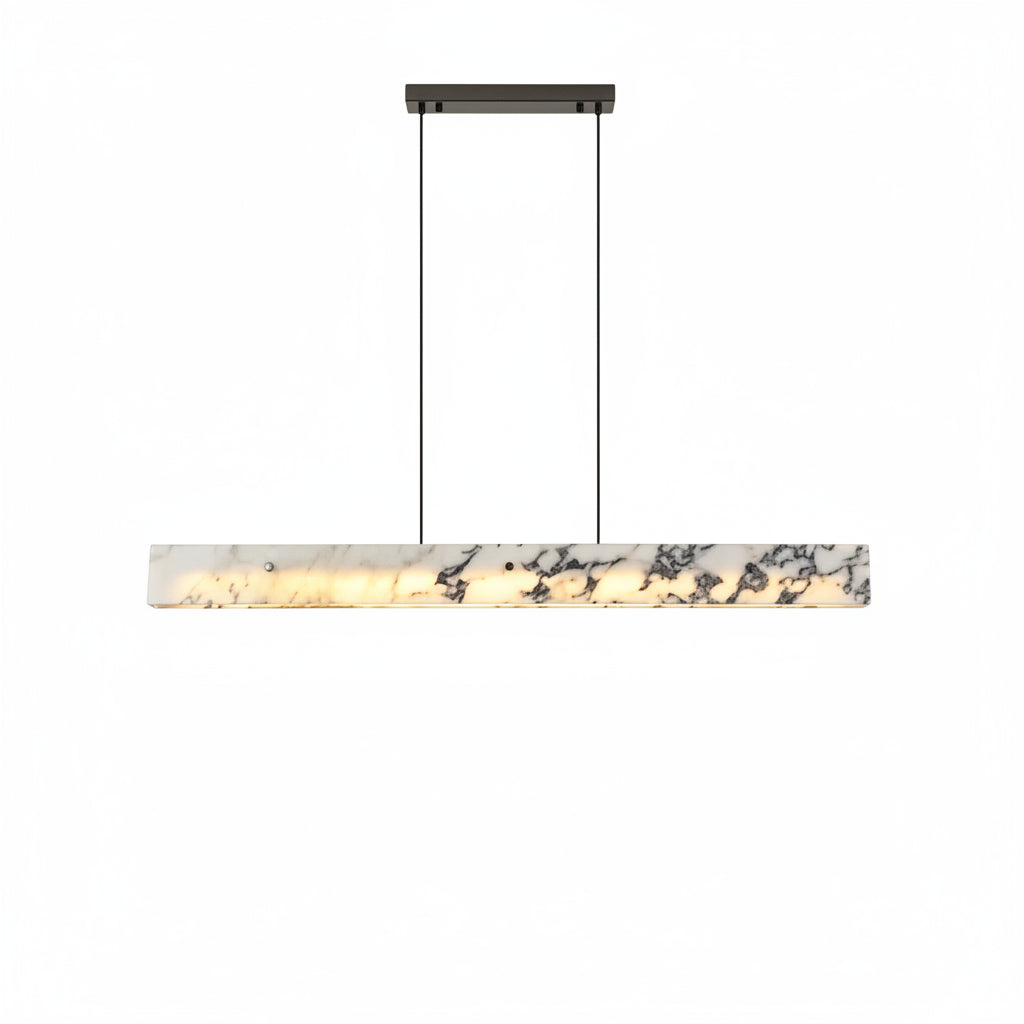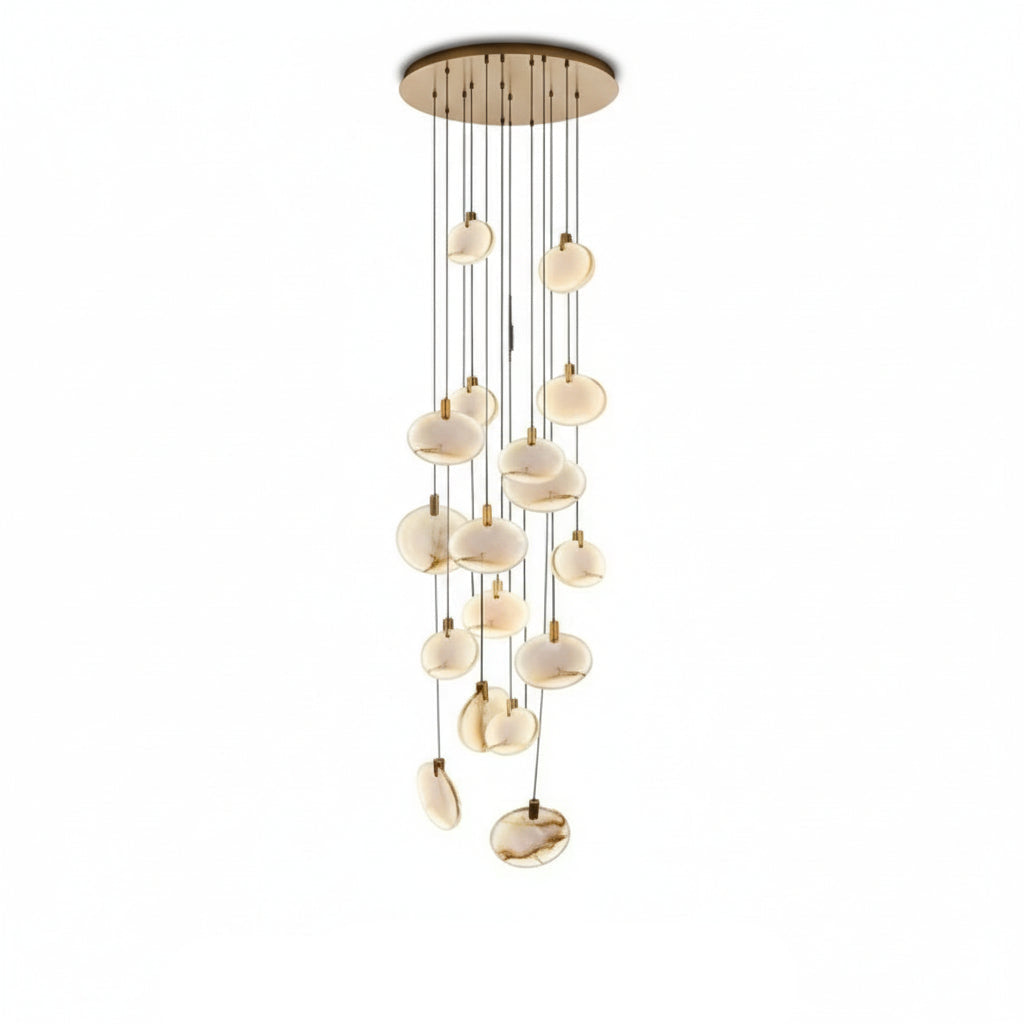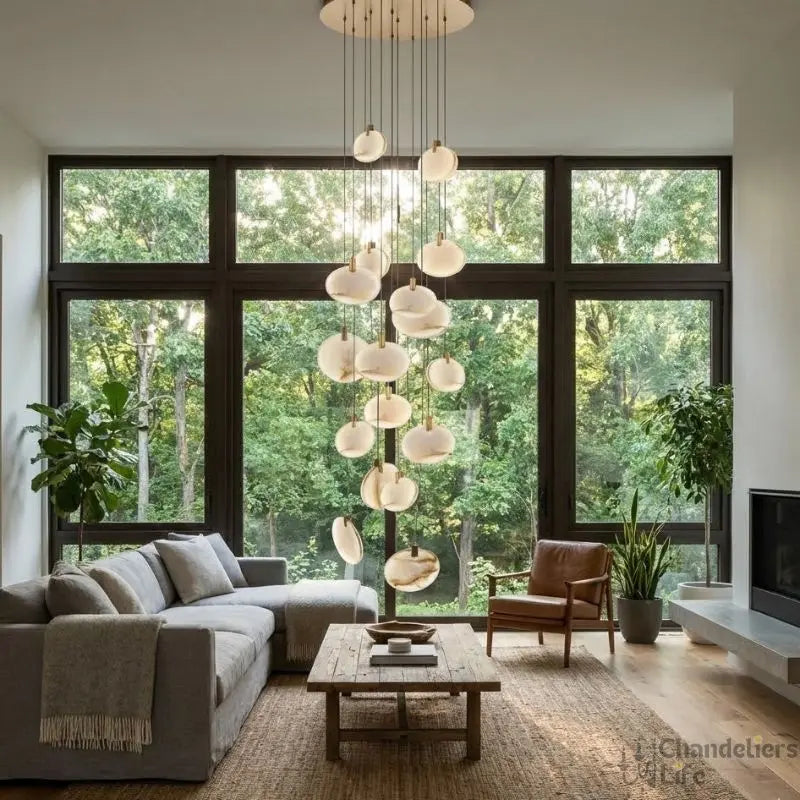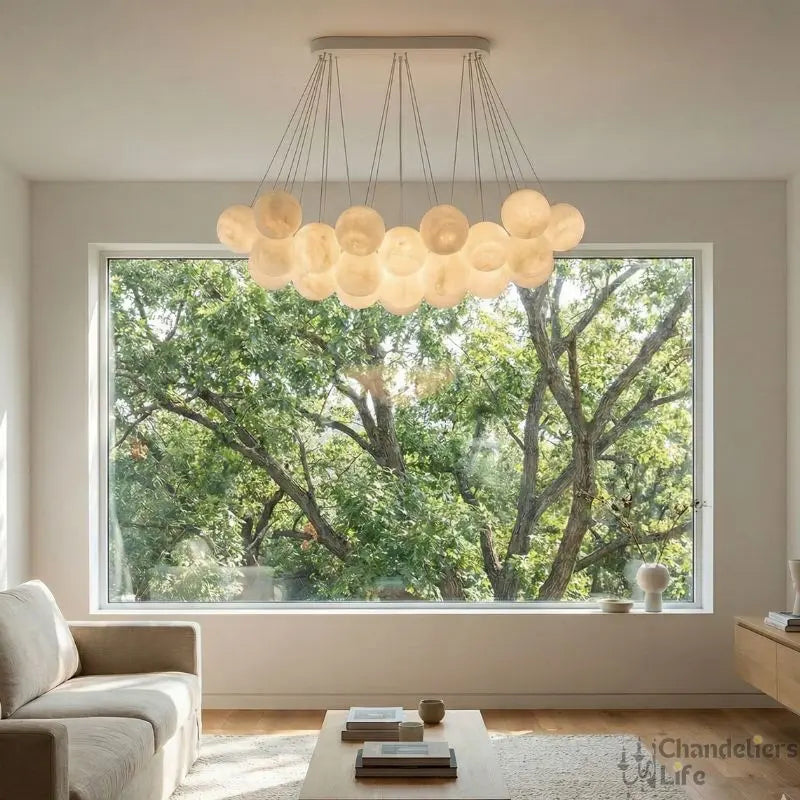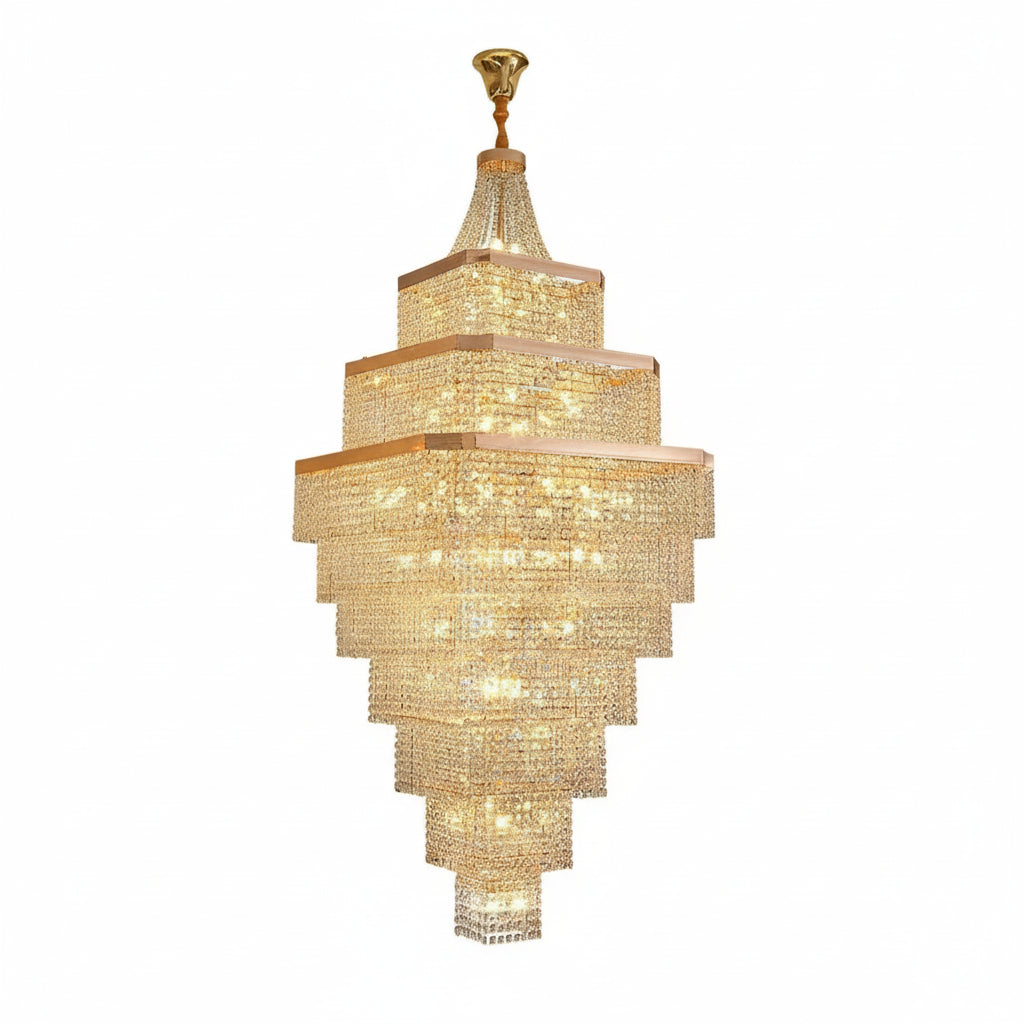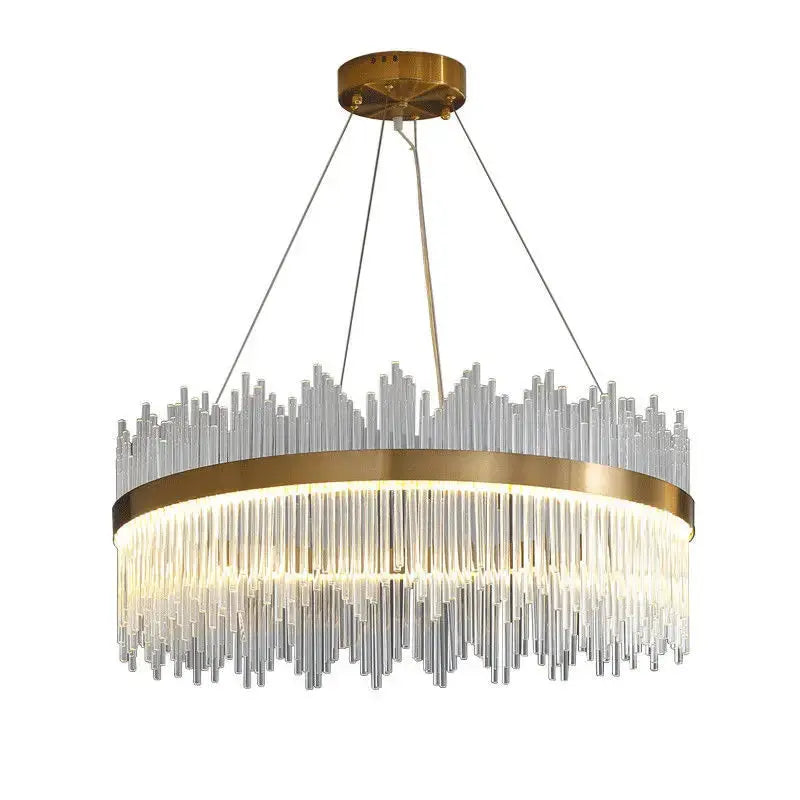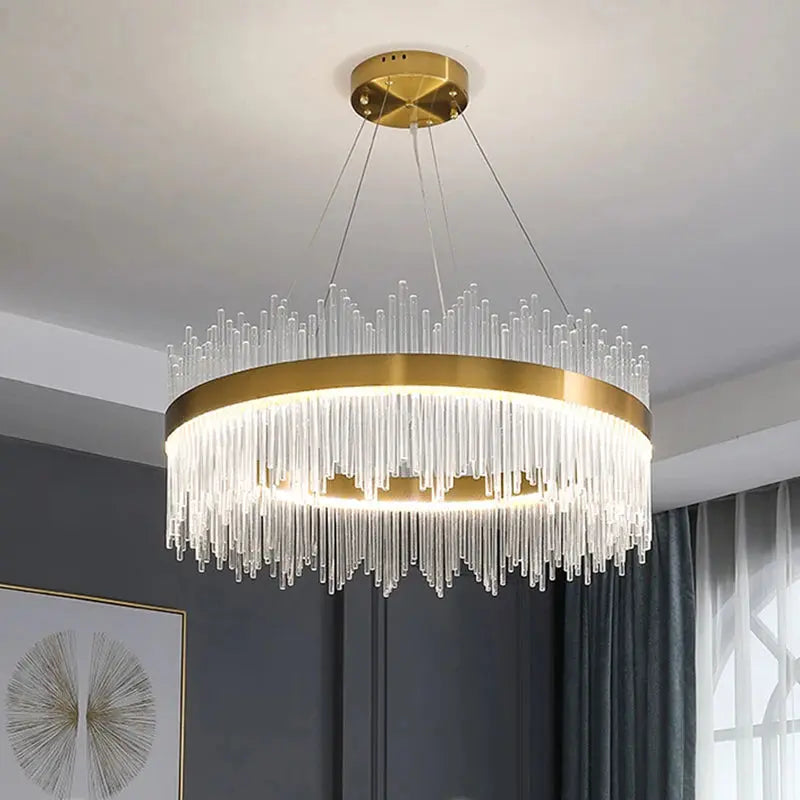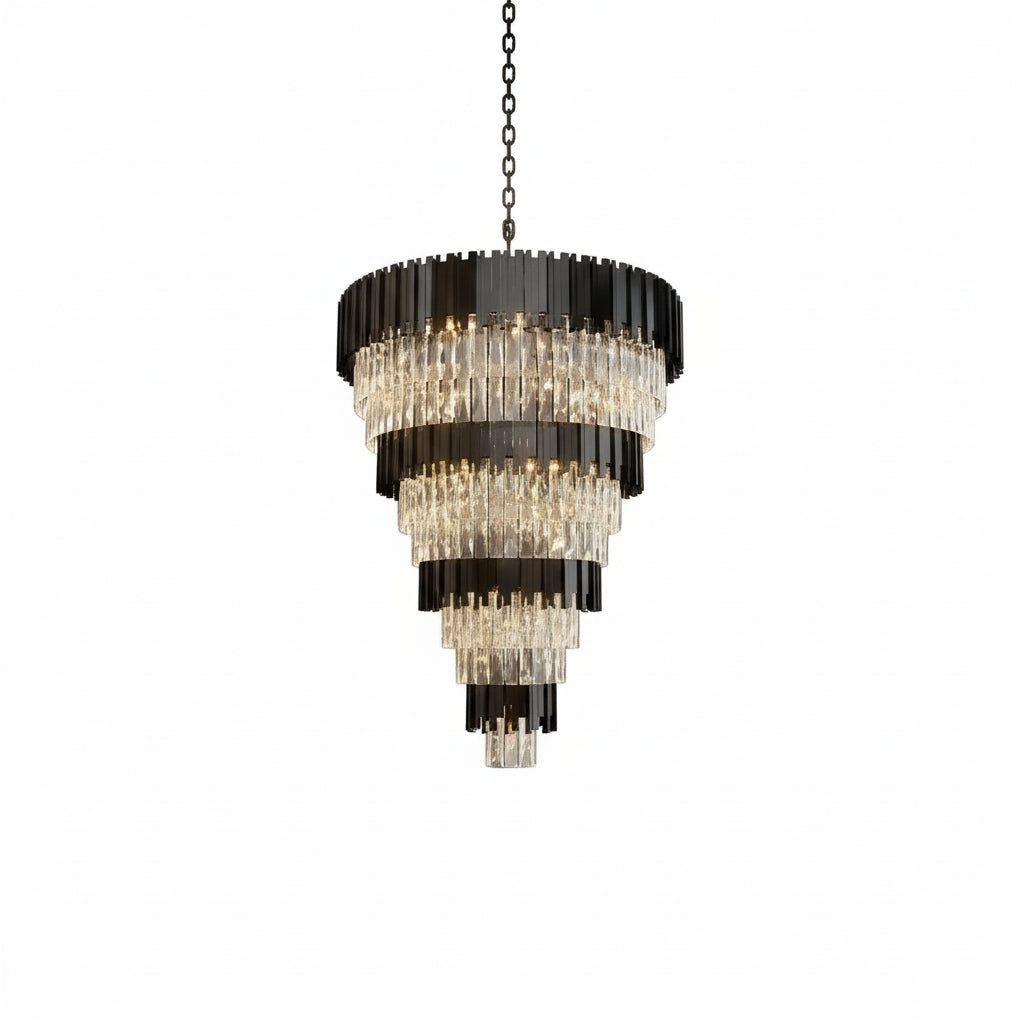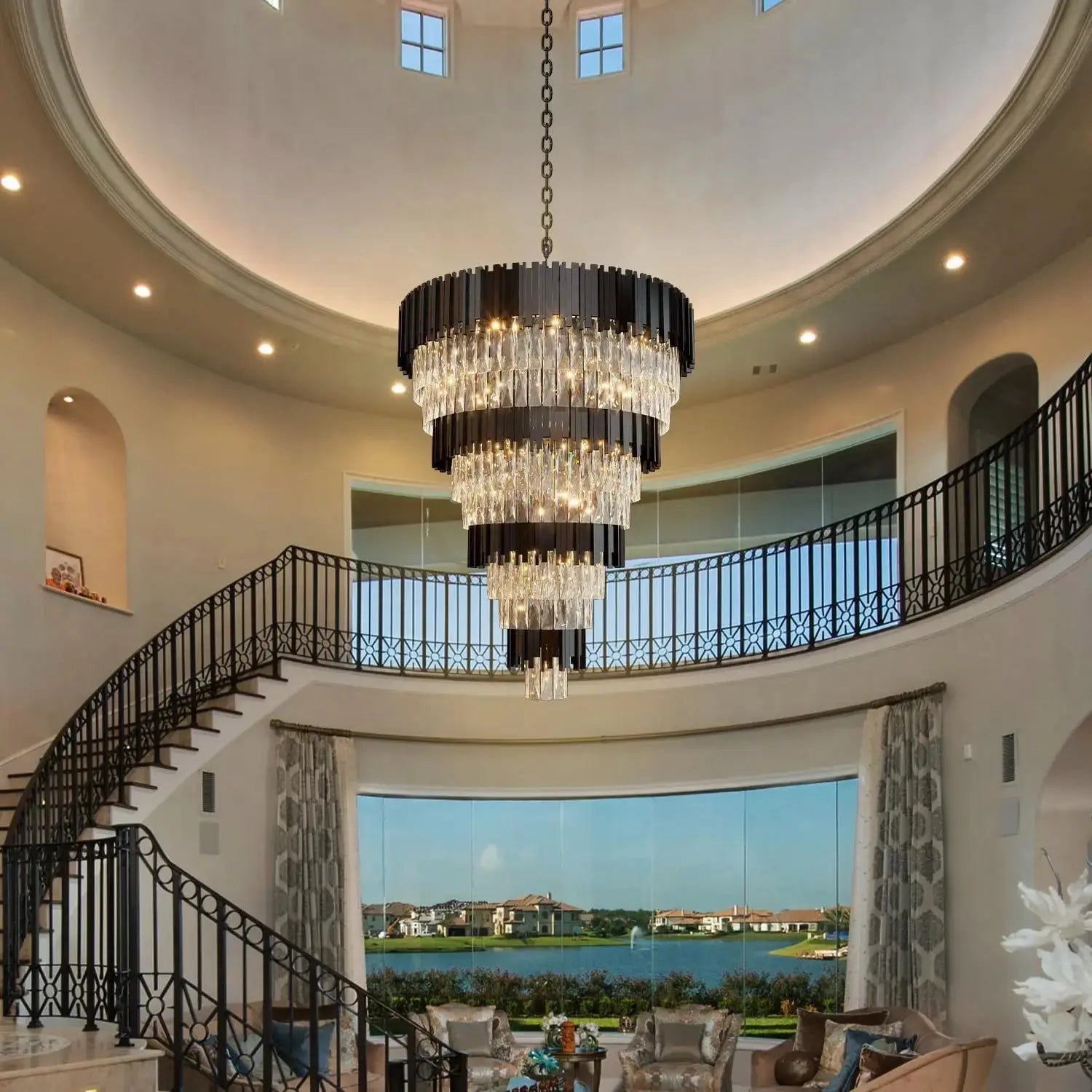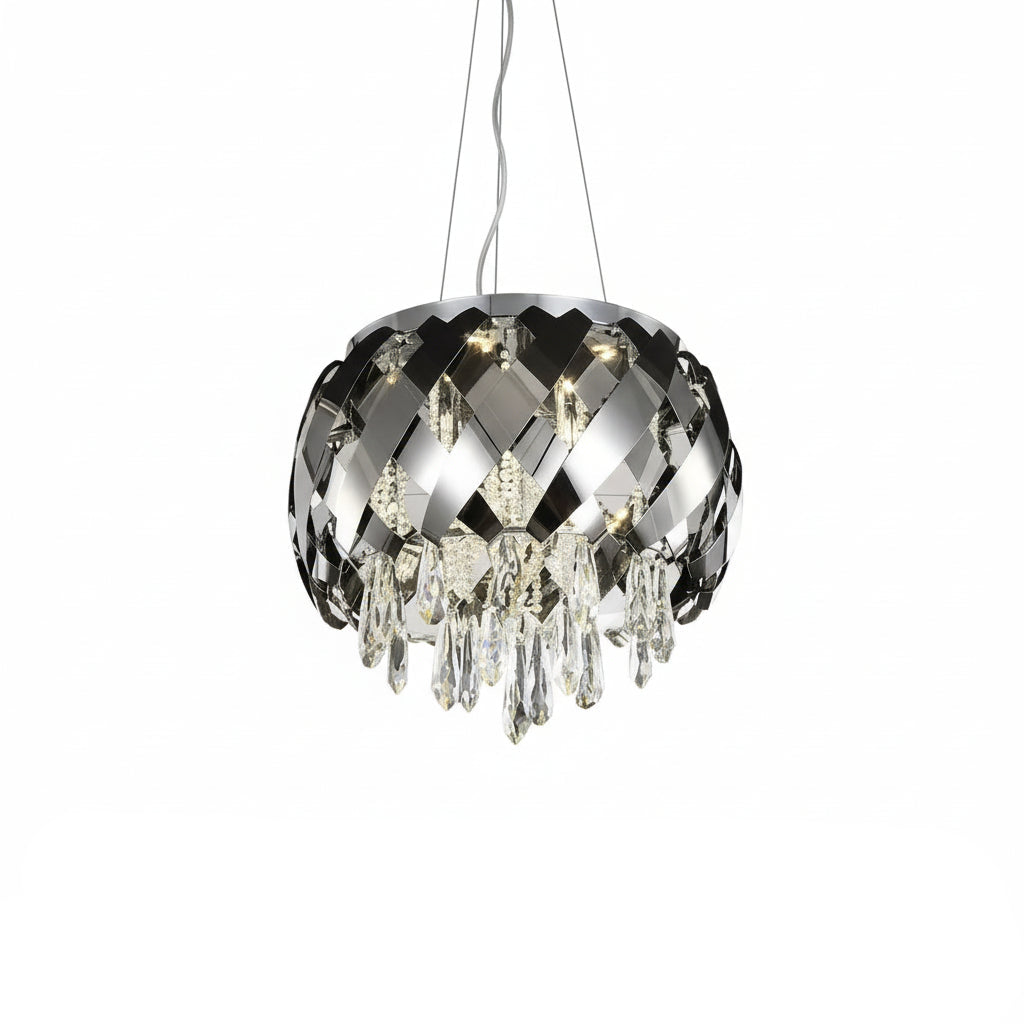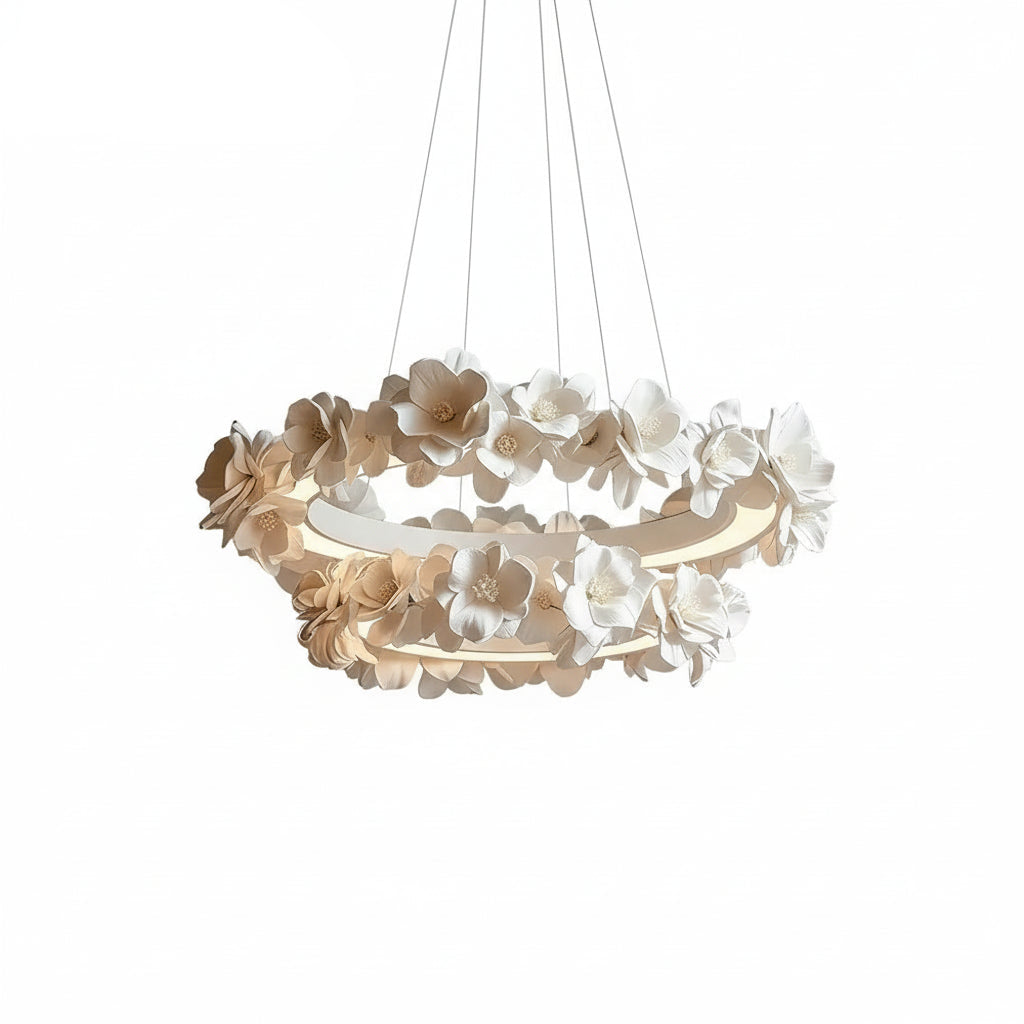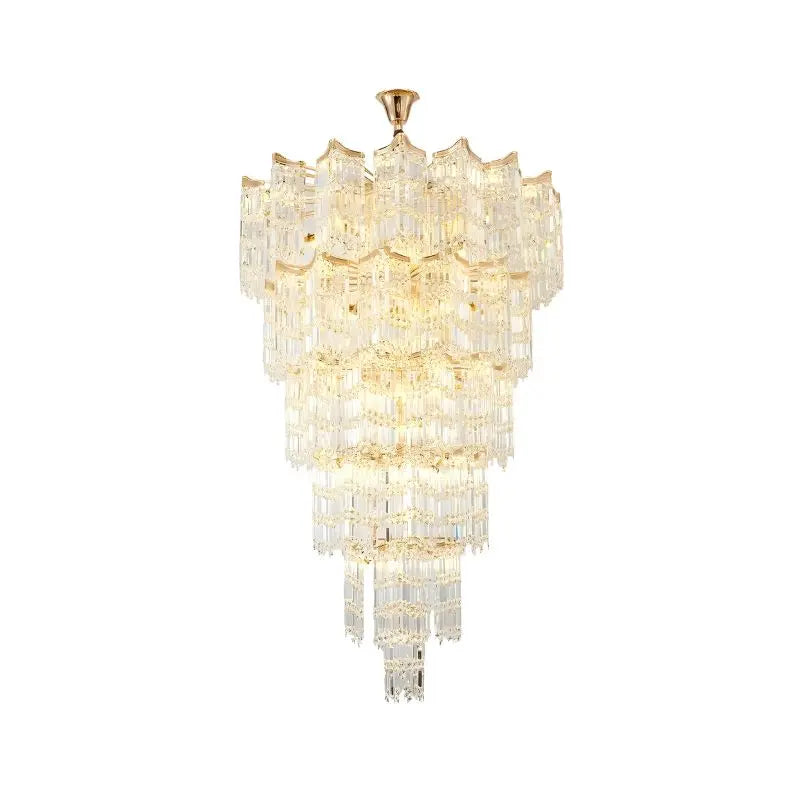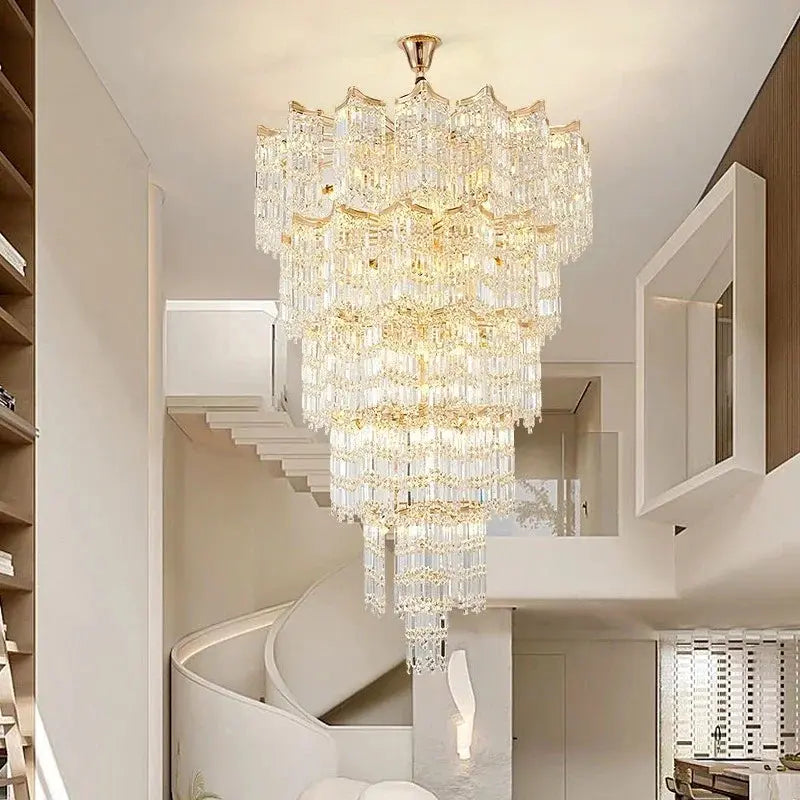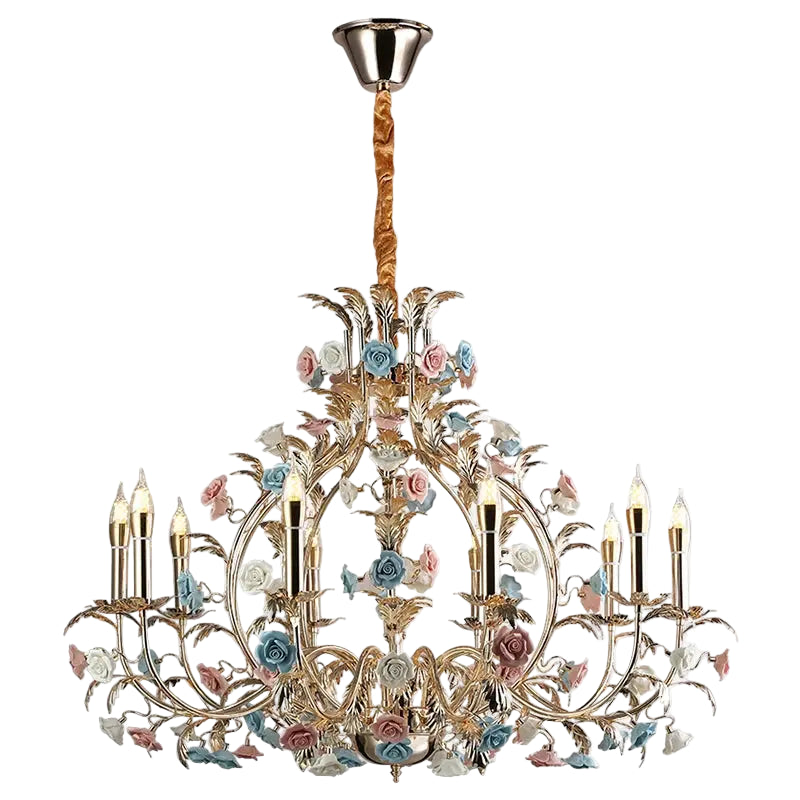So, you're looking to spruce up the bathroom? Picking out a new toilet and sink might seem like a big task, but honestly, it's one of the best ways to really change the feel of the room. Think about it – these are the items you use every single day. Getting the right toilet and sink combo can make your bathroom more comfortable, easier to clean, and just plain look better. We'll walk through what to think about so you can find the perfect fit for your space and your style, without all the usual headaches.
Key Takeaways
- When picking a toilet, know your rough-in measurement (usually 12 inches) and consider seat height for comfort, especially for kids or older folks.
- Toilets have different flush systems; siphon flushes are quieter, while washdown flushes are better for preventing clogs.
- Sink materials like ceramic and porcelain are easy to clean and durable, while stone and glass offer unique looks but might need more care.
- Think about how the sink will fit with your counter and the overall bathroom layout – undermount sinks give more counter space, while vessel sinks are more decorative.
- Placement is key: make sure there's enough room to comfortably use both the toilet and sink, and that handwashing is easy after using the toilet.
Understanding Toilet Types and Features
One-Piece vs. Two-Piece Toilets
When you're looking at toilets, the first big decision is usually whether to go with a one-piece or a two-piece model. It might seem like a small detail, but it actually impacts cleaning, installation, and even the look of your bathroom.
- Two-piece toilets are the classic choice. They come in two separate parts – the tank and the bowl – which are bolted together. They're generally lighter, making them easier to move around and install, and they're often more budget-friendly. The downside? That seam where the tank meets the bowl can be a bit of a dirt magnet and, over time, might develop a slow leak. If you're on a tighter budget or dealing with an older home, these are a solid pick.
- One-piece toilets are all one unit. This means no seam between the tank and bowl, which makes them super easy to wipe down and gives them a sleeker, more modern appearance. They tend to be heavier, so installation might take two people. If you're doing a remodel or want a cleaner look, a one-piece is a great way to go.
Understanding Rough-In Measurements
This is probably the most important technical detail you'll need to get right before you even start shopping. The "rough-in" measurement tells you how the toilet will connect to your home's plumbing. Getting this wrong means the toilet won't fit, plain and simple.
Here's the breakdown:
- Standard Rough-In: In most homes in the US, this is 12 inches. It's the distance from the finished wall (that's the wall with the tile or paint on it) to the center of the drainpipe or the bolts that hold the toilet down.
- Other Sizes: You might find 10-inch or 14-inch rough-ins, especially in older houses. Always measure from the finished wall, and remember that any extra layers like tile or waterproofing can add a bit to that measurement.
- Drainage Type: Most toilets connect through the floor (floor outlet), which is standard. Some wall-hung toilets connect through the wall (wall outlet), which needs special in-wall plumbing.
Always double-check your rough-in measurement before buying. It's the one thing that can stop your new toilet installation dead in its tracks.
Key Toilet Performance Features
Beyond the type and size, a few performance features really make a difference in your day-to-day experience. Think about how the toilet actually works – flushing, cleaning, and comfort.
- Flushing System: Toilets use different methods to flush. The siphon flush is common; it uses suction for a quieter flush that's good at controlling odors. A washdown flush is more direct and powerful, which helps prevent clogs, but it can be louder and not as great with smells. For most homes, a good siphon flush is ideal.
- Glaze Quality: This is the smooth, glassy coating inside the bowl. A high-quality glaze is super smooth, resists stains, and makes cleaning much easier. Cheaper toilets might have a glaze that yellows or stains quickly, turning cleaning into a real chore. Some advanced glazes even have antibacterial properties.
- Water Efficiency: Look for the WaterSense label. These toilets use 1.3 gallons per flush (GPF) or less, saving water and money on your bills compared to older models that might use 1.6 GPF or even more. Be a little wary of ultra-low flush models (like 0.8 GPF) as they sometimes struggle to clear waste completely, leading to double flushes and more water use.
- Seat Comfort: While seats are often replaceable, some come with features like slow-close hinges (no more slamming lids!) or ergonomic designs for better comfort. If you're considering a smart toilet, features like heated seats and adjustable water temperature are big comfort boosters.
Selecting the Ideal Bathroom Sink

Choosing the right sink is a big deal for your bathroom. It's not just about looks, though that's important. You've got to think about how you'll use it, how much space you have, and what materials will work best for your lifestyle. It's a bit like picking out a favorite mug – it needs to feel right in your hands and look good on your counter.
Bathroom Sink Materials and Their Properties
So, what are sinks actually made of? It really matters for how they look and how much work they need. Ceramic is super common because it's tough and easy to wipe down. Porcelain is similar, often with a really shiny finish that resists stains. If you want something fancy, stone like marble or granite looks amazing but needs more care. Glass sinks are modern and cool, but you'll be wiping them down a lot to keep them spot-free. Metal sinks, like stainless steel or copper, are durable and give off a modern vibe.
Here's a quick rundown:
- Ceramic/Porcelain: Durable, easy to clean, classic look.
- Stone (Marble, Granite): Luxurious, unique, requires sealing and careful cleaning.
- Glass: Modern, stylish, shows water spots easily.
- Metal (Stainless Steel, Copper): Strong, contemporary, can show scratches.
Picking the right material means balancing beauty with how much time you want to spend on upkeep. Think about who uses the bathroom most – a busy family might need something super low-maintenance, while a guest powder room could handle a more delicate material.
Sink Installation Types Explained
How a sink is put in makes a big difference to the overall look and feel of your bathroom. You've got undermount sinks, which are installed under the counter for a super clean, seamless look. They make wiping down the counter a breeze. Then there are vessel sinks, which sit right on top of the counter like a bowl. They're a real statement piece and come in all sorts of cool materials. Drop-in sinks, also called self-rimming, are easy to install and have a rim that rests on the counter. Wall-mounted sinks are great for small spaces because they attach right to the wall, giving you more floor space. Pedestal sinks are classic, with a basin on a single leg, and they also save space. Console sinks are similar but have legs, offering a bit more of an open feel. Finally, semi-recessed sinks are partly set into the counter, giving you a bit more counter space in front.
Balancing Sink Size and Bathroom Space
This is where things get practical. You can't just cram a huge sink into a tiny bathroom. It's all about proportion. A sink that's too big will make the room feel cramped, and one that's too small can look a bit lost. Measure your space carefully. Think about how much counter space you actually need. Do you just need a spot to brush your teeth, or do you need room for toiletries? For smaller bathrooms, a wall-mounted or pedestal sink can really open things up. If you have more space, you might consider a double vanity or a larger vessel sink. It's about making sure everything fits comfortably and you can move around without bumping into things. Getting the right size sink is key to a well-planned, functional, and good-looking bathroom. You can find some great options for modern bathroom lighting that can also help make a small space feel bigger.
Considering Sink and Toilet Placement
Optimizing Flow Between Fixtures
When you're figuring out where everything goes in your bathroom, think about how you'll actually move around in there. It's not just about fitting things in; it's about making the space work for you. You don't want to feel cramped or have to do a weird dance just to get from the sink to the toilet. Good placement makes a bathroom feel bigger and way more pleasant to use.
Think about the main paths people take. Usually, it's from the door to the sink, then maybe to the toilet, and then perhaps to the shower or tub. Keeping these pathways clear is key. For instance, make sure the bathroom door doesn't swing right into the toilet or vanity. It’s a simple thing, but it makes a huge difference in daily use. Also, consider the space around the toilet itself. You need enough room to comfortably sit and get up, and enough space to clean around it easily. A common guideline is to have at least 15 inches from the center of the toilet to any side wall or obstruction, and about 21-25 inches of clear space in front of it.
Ensuring Easy Access and Hygiene
Placement isn't just about convenience; it's also about keeping things clean and accessible. Having the sink close enough to the toilet is actually a good thing for hygiene. It means you can easily wash your hands right after using the facilities without having to walk across the room. This simple proximity encourages better handwashing habits.
Consider the relationship between the sink and other fixtures too. If you have a shower or tub, placing the sink within a reasonable distance can be handy for quick rinses or washing your face. It just makes the whole routine smoother.
Here are a few things to keep in mind for good placement:
- Clearance: Make sure there's enough space around each fixture. You don't want elbows hitting walls or cabinets when you're at the sink or toilet.
- Accessibility: Can everyone in the household use the fixtures comfortably? Think about height and reach, especially if you have children or elderly family members.
- Cleaning: Easy access means easier cleaning. Fixtures that are too close to walls or other items can become dust and grime traps.
- Plumbing: Your existing plumbing is a big factor. Moving pipes can get expensive, so working with the current layout is often the most practical approach. This might influence where you can place your vanity or toilet.
When planning your bathroom layout, always visualize yourself using the space. Imagine performing daily routines like brushing your teeth, washing your hands, or using the toilet. This mental walkthrough helps identify potential issues with flow, clearance, and accessibility before any construction begins, saving you time and money down the line. It’s about creating a functional and comfortable environment that works for your specific needs.
Material Matters for Your Toilet and Sink
When you're picking out a new toilet and sink, the materials they're made from really do make a difference. It's not just about how they look, but also how they hold up over time and how easy they are to keep clean. Let's break down some of the common choices.
Durable and Stylish Sink Materials
Sinks come in a bunch of different materials, and each has its own pros and cons. Ceramic and porcelain are super popular for a reason. They're tough, don't stain easily, and have that nice, smooth finish that's a breeze to wipe down. For a bathroom that gets a lot of use, these are usually a safe bet.
If you're going for a more high-end look, stone like marble or granite can be stunning. They bring a unique, natural beauty to the space. Just know that these materials can be a bit more high-maintenance; they might need sealing to prevent stains and etching from things like toothpaste or hairspray.
Glass sinks can add a modern, airy feel, but they show water spots pretty easily, so you'll be wiping them down more often. Metal sinks, like stainless steel or copper, offer a different vibe – modern or rustic, depending on the finish. They're generally quite durable.
Here's a quick look at some common sink materials:
| Material | Pros | Cons |
|---|---|---|
| Ceramic | Durable, easy to clean, affordable | Can chip if hit hard |
| Porcelain | Stain-resistant, glossy finish, durable | Can be heavy, might crack under impact |
| Stone | Unique look, luxurious | Porous, requires sealing, can be expensive |
| Glass | Modern aesthetic, visually light | Shows water spots, can scratch |
| Metal | Durable, various styles | Can dent, might show water spots |
Glaze Quality for Easy Toilet Cleaning
For toilets, the glaze is a big deal when it comes to keeping things clean. A good quality glaze is super smooth and non-porous. This means that dirt and grime have a harder time sticking to the surface. Think of it like a non-stick pan – things just slide right off.
When you're looking at toilets, check if the manufacturer talks about their glaze. Some use special coatings that make the surface even slicker and more resistant to stains and odors. This is especially important for the inside of the bowl, where things can get a bit messy.
A well-glazed toilet bowl makes cleaning much less of a chore. It means less scrubbing for you and a more hygienic bathroom overall. It’s one of those features you might not think about much until you’re stuck with a toilet that’s hard to keep looking fresh.
Cabinet Materials for Bathroom Vanities
If your sink is part of a vanity, the cabinet material is just as important. Bathrooms are humid places, and cabinets can take a beating from water splashes and cleaning products.
- Melamine and High-Pressure Laminate (HPL): These are great options because they're moisture-resistant and easy to wipe clean. They often come in finishes that look like wood but without the upkeep.
- Medium-Density Fibreboard (MDF): When sealed properly, MDF holds paint really well and doesn't warp as easily as solid wood in humidity. It gives a clean, crisp look.
- Wood Veneer: If you love the look of real wood, a veneer can be a good compromise. It's a thin layer of wood applied over a core material. Just make sure it's well-sealed, as moisture can still cause issues over time.
- Thermofoil: This is a vinyl layer applied to a core. It's smooth and easy to clean, but you need to be careful with heat, like from hairdryers, as it can damage the finish.
Choosing the right materials for both your sink and toilet, and the vanity that holds your sink, will make a big difference in how your bathroom looks and functions for years to come.
Design Styles for Your Toilet and Sink
Modern and Minimalist Aesthetics
When you're going for a clean, uncluttered look, modern and minimalist styles are the way to go. Think sleek lines, simple shapes, and a focus on functionality. For toilets, this often means a skirted design where the sides are smooth and easy to wipe down, hiding the trapway. One-piece toilets also fit this vibe perfectly because they have fewer nooks and crannies. Sinks in this style tend to be undermounted or vessel sinks that sit cleanly on the counter. Materials like smooth ceramic, polished concrete, or even matte finishes in neutral colors like white, gray, or black really nail the modern aesthetic. The goal is a spa-like feel that's both calming and sophisticated.
Classic and Traditional Touches
If your home leans more towards timeless elegance, classic and traditional styles offer a warm and inviting feel. Toilets in this category might be two-piece models with a more traditional tank shape. Look for high-quality ceramic with a glossy glaze that's easy to keep clean. For sinks, pedestal sinks or wall-mounted options with a bit of decorative flair can work well. Think about materials like porcelain or vitreous china. You might also consider sinks with a more ornate faucet or details that harken back to older designs. It's all about creating a sense of enduring style.
Statement Pieces and Unique Designs
Sometimes, you want your bathroom fixtures to be more than just functional; you want them to be a focal point. This is where statement pieces come in. Vessel sinks, especially those made from natural stone, carved wood, or colored glass, can really make a bathroom pop. They sit on top of the counter, drawing the eye. For toilets, while options are more limited for making a bold statement, you can look at unique colors if available, or focus on pairing a more standard toilet with an exceptionally designed vanity and sink. Consider how a uniquely shaped toilet or a sink with an unusual texture can transform the entire room from ordinary to extraordinary.
Advanced Features and Smart Options

Smart Toilet Functionality
So, you're thinking about a smart toilet? These aren't your grandma's commodes anymore. They're packed with tech designed to make your bathroom experience way more comfortable and hygienic. Think heated seats that take the chill off on a cold morning, built-in bidet functions with adjustable water temperature and pressure, and even warm air dryers to cut down on toilet paper use. It's like a spa treatment every time you go.
These features are especially great for seniors or anyone looking for a little extra comfort and cleanliness.
However, there are a few things to keep in mind. Smart toilets need a power outlet nearby, so plan your bathroom layout accordingly. They also tend to have a higher initial cost and might require a bit more specialized maintenance down the line. Plus, make sure you check out the warranty – a good one is a must-have for these electronic marvels.
Here's a quick rundown of what to look for:
- Heated Seats: Adjustable settings are key for year-round comfort.
- Cleansing Modes: Look for rear and feminine wash options, with adjustable spray patterns.
- Warm Air Dryer: Variable temperature settings add that touch of luxury.
- Automatic Lid/Seat: A motion-activated lid can be super convenient, though check sensitivity in tight spaces.
- Deodorizer: Built-in filters can really help keep things fresh, especially if your bathroom ventilation isn't the best.
- Water Filtration: This helps keep the spray nozzles clean and working well.
Don't forget about the practical stuff, either. You'll want a model with a reliable power supply (plug-in is usually best) and a backup option, like a manual flush or battery backup, in case the power goes out. You don't want to be caught off guard!
Faucet Styles and Compatibility
While this section is about toilets and sinks, it's worth mentioning that the faucet you choose for your sink needs to play nice with the sink's design and the overall bathroom style. Think about the number of holes in your sink – does it need a single-hole faucet, or one with widespread holes for separate hot and cold handles? Modern faucets come in all sorts of finishes, from brushed nickel to matte black, so pick something that complements your sink material and the rest of your bathroom's hardware. It's all about creating a cohesive look.
Dual-Flush Systems for Water Savings
Saving water is good for the planet and your wallet, and dual-flush toilets are a smart way to do it. Instead of one big flush for everything, you get two options: a smaller flush for liquid waste and a larger one for solid waste. This can significantly cut down on water usage over time.
| Flush Type | Water Usage (GPF) | Best For |
|---|---|---|
| Liquid Waste | 0.8 - 1.0 | Liquid waste only |
| Solid Waste | 1.3 - 1.6 | Solid waste |
Look for toilets that meet U.S. regulations (1.6 GPF or less) and especially those with a WaterSense label, which indicates they use 1.3 GPF or less. Just be a little wary of ultra-low flush models (like 0.8 GPF) – sometimes they don't quite get the job done in one go, leading to repeated flushing and negating the water savings. Always check reviews or ask about flushing performance before you buy.
Wrapping It Up
So, picking out a new toilet and sink might seem like a big deal, and honestly, it can be. But by taking a little time to think about what you actually need – like how much space you have, who's going to use it, and what look you're going for – you can totally nail it. Don't just grab the first thing you see. Think about the materials, how it flushes, and how easy it'll be to keep clean. It’s all about finding those pieces that work well for your daily life and make your bathroom feel just right. You've got this!
Frequently Asked Questions
What's the difference between a one-piece and a two-piece toilet?
Think of a one-piece toilet like a single, molded unit, meaning the tank and bowl are already connected. This often makes them look sleeker and can be easier to clean since there are fewer nooks and crannies. A two-piece toilet, on the other hand, has a separate tank and bowl that are bolted together. While they might require a bit more cleaning around the connection point, they are often less expensive and easier to replace parts for.
How do I know what size toilet will fit my bathroom?
The most important measurement for a toilet is the 'rough-in distance.' This is the space from the finished wall behind the toilet to the center of the drain pipe on the floor. Most homes have a 12-inch rough-in, but it's crucial to measure yours before you buy. Also, make sure there's enough space around the toilet for comfortable use and cleaning – usually at least 8 inches from the tank to any side wall or vanity.
What are the best materials for a bathroom sink?
Ceramic and porcelain are super popular because they're tough, don't stain easily, and are simple to wipe clean. If you want something more unique, stone like marble looks fancy but needs more care. Glass sinks can look modern but show water spots easily. Stainless steel and copper are also durable and give a modern vibe.
What's a 'rough-in' measurement for a toilet?
The 'rough-in' measurement is super important! It's the distance from the wall behind your toilet to the middle of the drain pipe on the floor. In most homes in the U.S., this is 12 inches, but older homes might have 10 or 14 inches. Always measure this before you buy a new toilet to make sure it fits!
Why is the glaze quality important for toilets?
The glaze is like a shiny coating on the toilet bowl. A good quality glaze is smooth and glass-like, which makes it really hard for dirt and stains to stick. This means you'll have an easier time cleaning your toilet and it will stay looking nice for longer. A poor glaze can yellow and stain easily, making cleaning a constant chore.
What are the benefits of a dual-flush toilet?
Dual-flush toilets are awesome for saving water! They have two buttons or a lever that lets you choose a smaller flush for liquid waste and a larger flush for solid waste. Using the smaller flush more often can really cut down on your water bill and is better for the environment compared to older toilets that only have one flush option.


